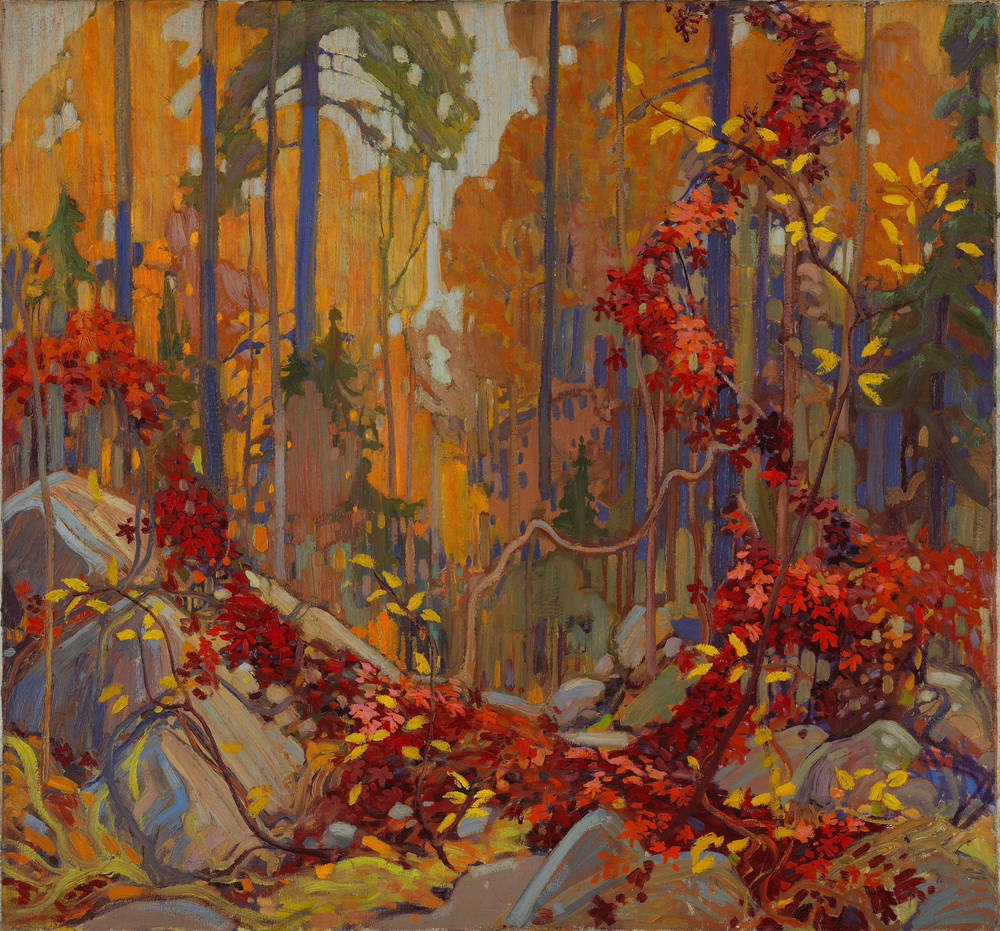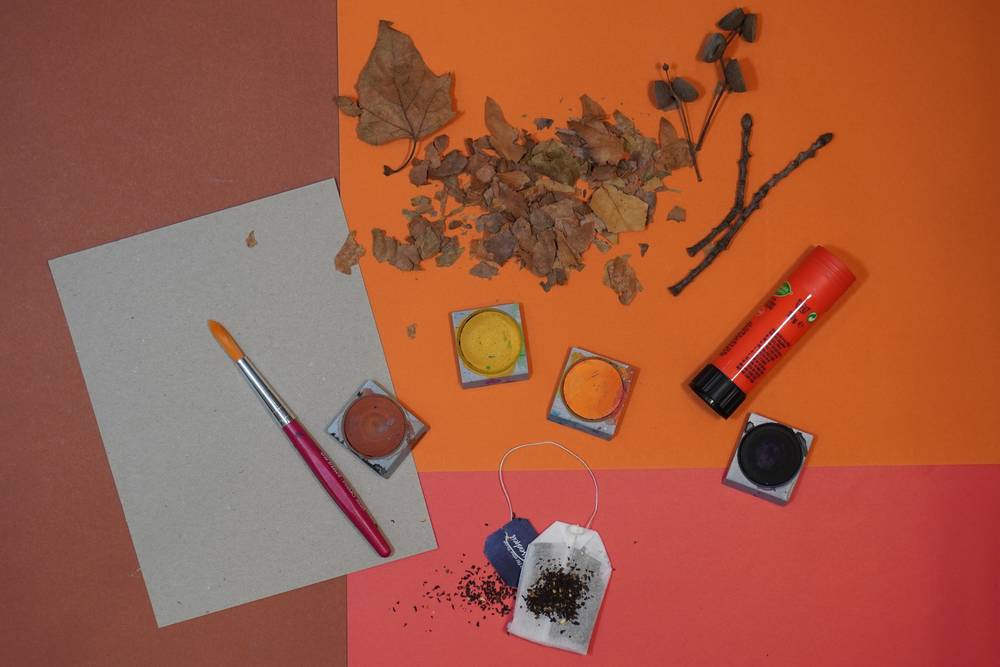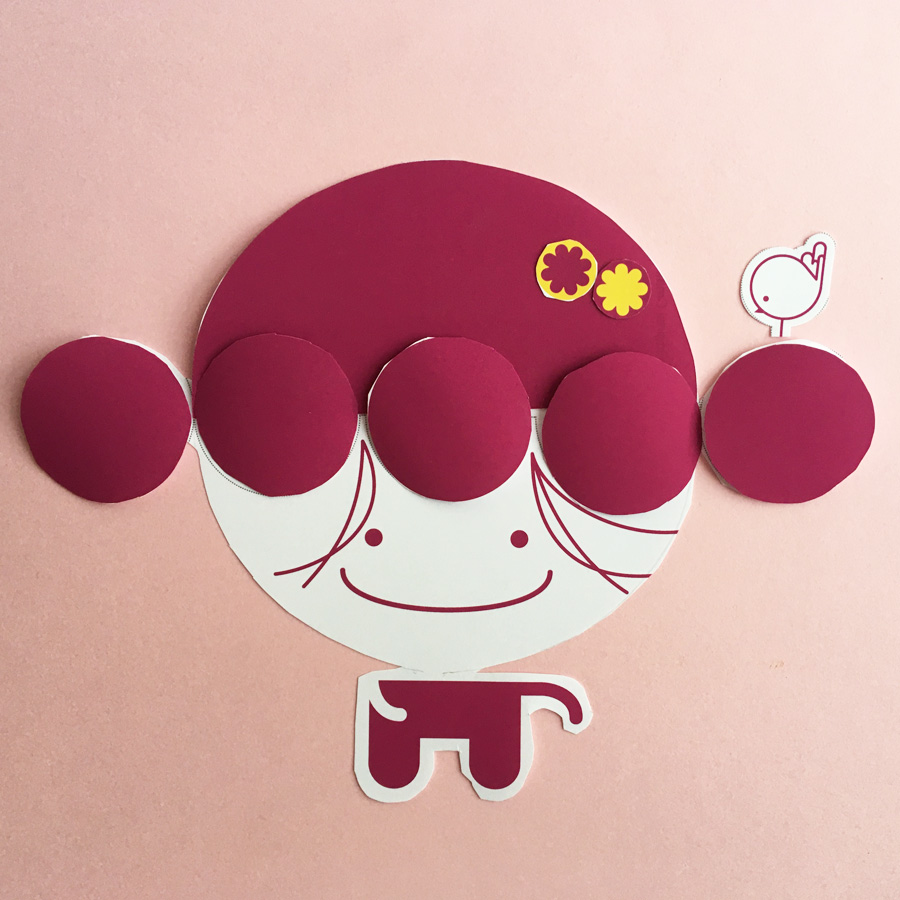CREATE YOUR OWN NATURE PAINTING AND CAPTURE THE ESSENCE OF THE LANDSCAPE THAT SURROUNDS YOU
AUTUMNAL WOODLAND
LANDSCAPE PAINTING
For the exhibition MAGNETIC NORTH. Out of the city, into the countryside - Filled with a thirst for discovery, Canadian artists traveled together into nature at the beginning of the 20th century. Equipped with paints, painting tools, wood or cardboard, they discovered the diverse landscape of their homeland and recorded their impressions in atmospheric paintings. Their works show dense forests, icy snowscapes, lakes and glowing northern lights.
THEIR COMMON GOAL WAS TO DEVELOP A SPECIFICALLY CANADIAN SCHOOL OF LANDSCAPE PAINTING
In just five years, Thomson made more than 300 sketches of Canada's stunning nature. These works were created outdoors on long excursions in Algonquin Provincial Park, a natural park in Ontario, Canada. Some sketches served as the basis for his large-scale oil paintings, which he later created in the studio. Among them is the work "Autumn's Garland." In this painting, the artist captures the warm, bright colors of the autumn season. The dense forest is painted with quick, rough brushstrokes. As if strung on a garland, dark red leaves hang down from above over the rocky forest floor, while the trees in the background bear orange foliage. Thomson also painted individual fir trees in dark green.

WHAT YOU NEED: STURDY PAPER OR CARDBOARD, LIQUID PAINTS (WATERCOLORS OR ACRYLICS), PAINTBRUSHES, WATER CUP, PAINTING APRON OR OLD CLOTHES, GLUE STICK, MATERIALS FROM NATURE SUCH AS CRUSHED FOLIAGE, TWIGS, SPICES OR TEA LEAVES

INSTRUCTIONS
Get inspired by the nature around you and take a walk with your family through the forest, across wide green fields or in the nearby park around the corner! Be attentive: What colors do you see? What do you smell? And what sounds does nature make?
To better remember your impressions at home, take a picture or ask your family to take a picture for you. Collect some dry leaves and small branches to take home with you from your walk.
With brushes and liquid paints you then create your picture of nature at home. Paint on sturdy paper or thick cardboard and use only a little water so that your background does not curl. Before you start, put on your painting clothes and think of the walk in the countryside or use the photo as a reminder. Think about what kinds of trees, plants, or grasses you saw. What colors were they? And did you encounter any small animals? When you are done, let the paint dry well.
Now, you can use your natural materials such as crushed leaves, twigs, spices or tea leaves to emphasize individual parts of the picture. First apply glue to the desired area and then sprinkle the material over it. In our example, we have glued crushed autumn leaves to the treetops and various tea leaves to the painted forest floor. Small branches become thin trees in the painting
TIPS
- Have you ever painted or drawn outdoors? Put on warm clothes, pack paper, crayons, a solid surface such as a clipboard, and a stool, and head out into nature!
- Want some more? Imagine what your landscape might look like in different seasons. A white winter landscape or dry grass in the summer heat, paint your nature picture in spring, summer, fall and winter
